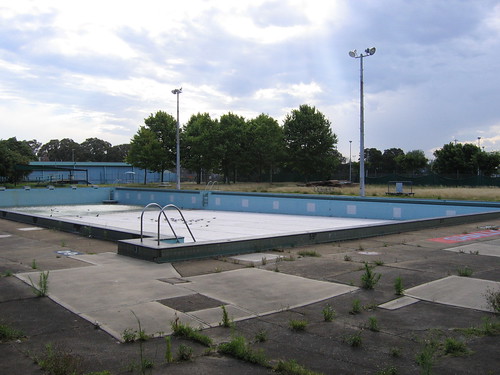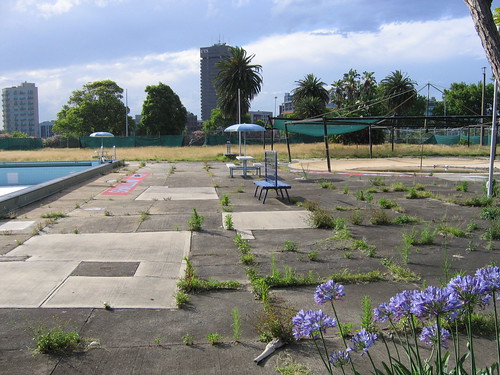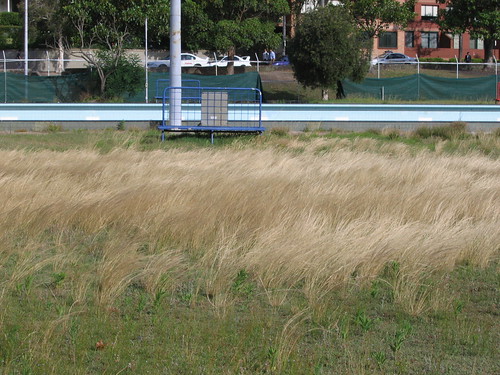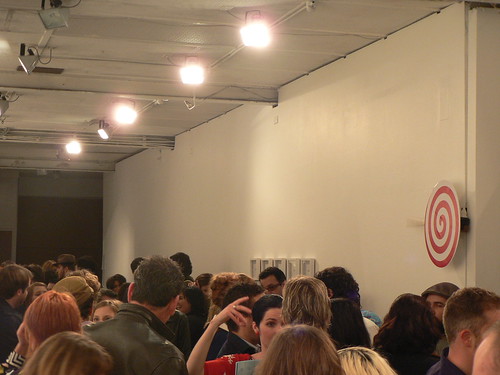december 2008
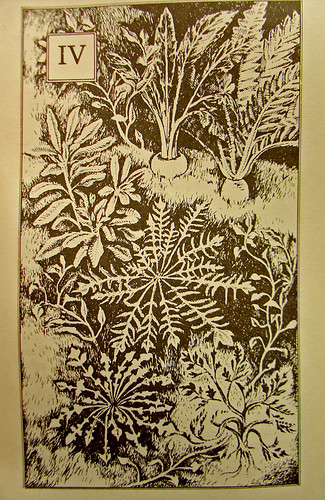
woodblock print from Masanobu Fukuoka’s ‘One Straw Revolution’ reaped from Culiblog and used twice without permission
Nothing to give.
catalogue essay
Moon Garden
Mikala Dwyer
Aratoi – Wairarapa Museum of Art and History
Masterton, Aotearoa New Zealand
december 08 – february 09
“Natural farming†is a method of land use developed by Masanobu Fukuoka (1913-2008) on his mountainside farm and orchard in southern Japan. Known also as “Do-nothing†farming for Mr. Fukuoka’s recommendation of doing away with unnecessary work, its grounding is in the four principles of no cultivation, no fertilisers, no weeding and no chemicals. His plentiful crops of rice, citrus and vegetables demonstrated that with careful observation and minimal tending, land left to itself will find a natural pattern and balance. Using cooperative systems of green manure cover crops, rice straw mulches and small grazing animals the Fukuoka method shows that even the most depleted soils can be restored, healing the land and maybe even the spiritual wellbeing of the practicing farmer. Continue Reading »

